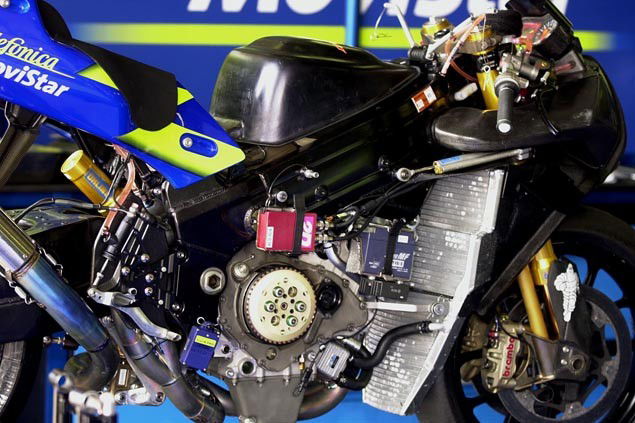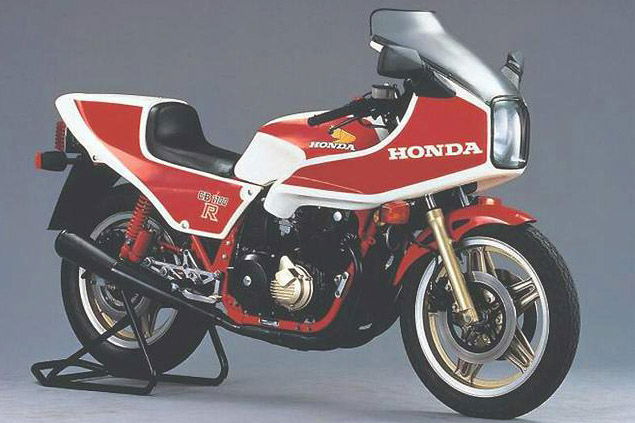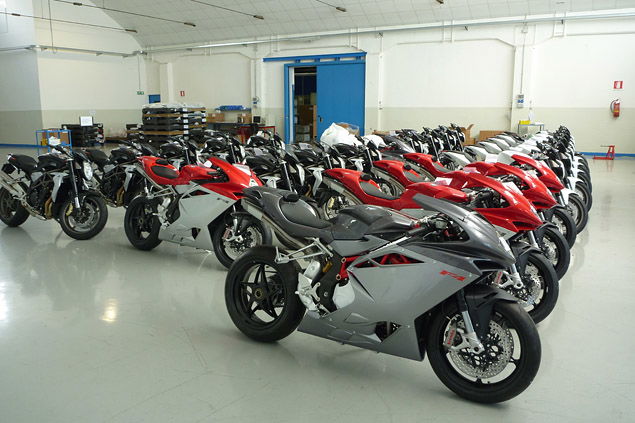The failings behind the Suzuki MotoGP project
On the back of the success of the GSX-R common sense would suggest that when four-strokes were introduced with MotoGP the knowledge would transfer to the GSV-R


MotoGP changed forever and a day when regulations inviting four-strokes back into the top class finally came into place in 2002. And all the manufacturers responded and reacted differently.
Suzuki threw away years of hard-won transverse-four knowledge and grabbed the V-four concept by its downdraft throat, squeezing their corporate brows inscrutably to make it work. And you could see their point; with all that GSX-R four-stroke racing experience they were bound to come up with a belter sometime soon. And in building a V-four - many people's idea of the ideal racing platform for four- or two-stroke racing - they seemingly stole a technological march on their immediate realistic rivals.
Trouble is, they haven't made the V-four work anything like as well as most manufac- turer's first, second or even third MotoGP attempts, and that's now exacerbated by the fact that they are not on Michelins, the best tyres in the series. In fact, with a lack of sheer performance, a more than occasional (and very un-Suzuki-like) reputation for unreliability and riders who either try too hard or not hard enough, Suzuki's MotoGP effort has dropped even further off the radar in the last couple of seasons.
After Kenny Roberts won the 2000 season championship for the Movistar Suzuki stroker squad, 2001 proved somewhat more challenging. The RGV500 had always been a fickle beast, suffering in acceleration and lacking in clear throttle response. But there was one area of racing in which Suzuki not only had as much experience as it did in 500cc Grand Prix, but it also had an increasing level of consistent success - four-stroke racing, of almost all kinds and all on GSX-R machinery, from Endurance to AMA, from Formula 1 to Production racing, from 600cc to the new-from-2001 1000.
Early V-four circuit tests, and others on the dyno back home, were so encouraging that Suzuki - prodded by the riders - pushed to get four-strokes in MotoGP from day one. The 2002 bike came shod with Dunlops, but these lasted only a couple of outings before Michelins found their way back onto the rims. Now we could at least see what was a tyre issue and what was a machine worry. Suzuki were by no means alone in having to iron out the wrinkles, and compared to Yamaha and Kawasaki (the latter only late-season arrivals) they had a good reason to need some more time. Yamaha and Kawasaki had adapted their across-the-frame-four technology to MotoGP; Suzuki were boldly re-inventing their wheels of motive force with the V-four.
And maybe that was the problem. And maybe it still is.
As Yamaha and Kawasaki ploughed on, using at least the shape of the engines they have been building as roadbikes (albeit with heavy-hitting help from specialist engine firms and vast parent companies), Suzuki have gone through various revamps of their V-four, none of which has really worked.

